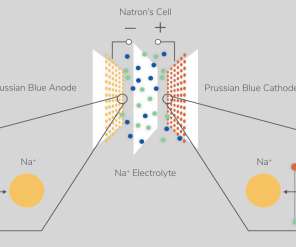Natron collaborates with Clarios on first mass manufacturing of Sodium-ion batteries
Green Car Congress
MAY 5, 2022
Natron Energy, a manufacturer of sodium-ion batteries, and Clarios International Inc., a manufacturer of low-voltage advanced battery technologies for mobility, will collaborate to manufacture the first mass-produced sodium-ion batteries. In 2021, Natron released the world’s first UL-listed sodium-ion battery product.

















Let's personalize your content